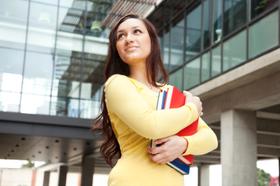Dual Enrollment in High School: Pros, Risks, and Real Student Results
For many families, the idea of high-schoolers earning college credit via dual enrollment is compelling. But what does dual enrollment really mean? What are the benefits and risks, and how do real students fare now in 2025? This article provides an up-to-date, evidence-based look at the practice to help parents, students and educators make informed decisions.
What Is Dual Enrollment?
Dual enrollment (sometimes called dual credit) refers to arrangements where a high school student takes one or more college-level courses and earns credit simultaneously for high school and college. These courses may be offered at the high school, online, or at a partnering college campus.
Key features:
Students remain enrolled in high school while taking college credit courses.
Credits may count toward both the high-school diploma and post-secondary degree.
Course costs are often subsidized or lower than standard college tuition.
Participation varies widely across states, districts and schools.
Why It Matters Right Now (2025 Update)
The reach of dual enrollment has grown significantly. A recent study reported that students who took dual-enrollment courses were more likely to apply to, and be admitted into, selective colleges, with especially strong gains for Black students. Further, longitudinal research shows that students who participate may earn more six



















